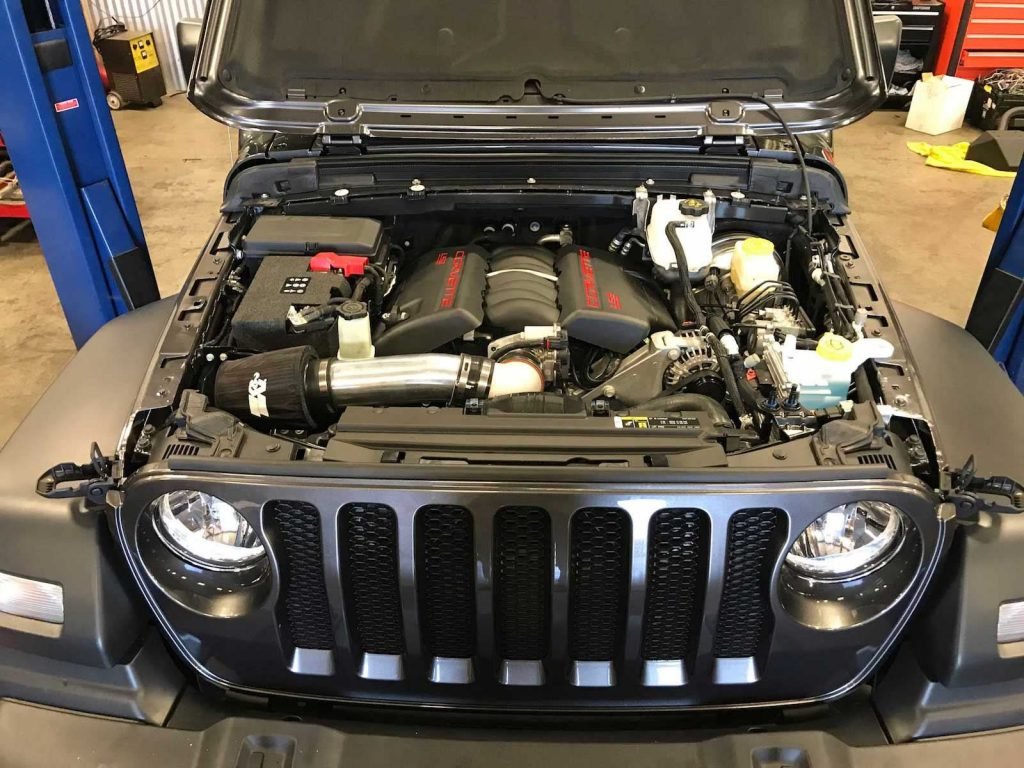Hot on the heels of the Ford F-150 Lightning’s debut, CEO Jim Farley has said the brand is already working on new battery technology to make the F-150 Lightning, and the Mustang Mach E, better. Tesla has already started work on new LFP (iron phosphate) batteries, and now Ford is too.
Farley confirmed as much in an earnings call last week when he spoke about the company’s future plans with investors and shareholders. “Yes. We’ve been working on LFP for quite some time, so let’s just leave it at that. What I mean by that is engineering LFP solutions in our first generation of products is something that we see as a big opportunity to move quickly,” said Farley.
LFP batteries offer a raft of benefits for EVs, but their widespread integration has been something of a challenge. Originally, LFP batteries, which don’t use valuable nickel an cobalt, were cheaper, but less energy-dense than traditional battery cells. That translates to shorter range, and meant they usually weren’t worth the hassle for OEMs like Tesla and Ford.
Now, however, the tide is turning. Recently, LFP batteries have improved dramatically, causing automakers to re-think their use. In lower trim levels, like the non-Extended Range Lightning, these batteries could see use. Ideally, this will translate into more batteries in the supply chain, freeing up more dense, longer-range batteries for the cars and trucks that need them.
With Ford set to ramp up EV production dramatically this year, the addition of LFP batteries to the lineup would go a long way in helping Ford to meet its production goals. More batteries equals more cars, after all. What’s more, these new battery levels could spawn more affordable trim levels for the brand’s EVs.
We’ve seen some Lightings being sold to rental companies, and for the short-range use those cars will see, LFP batteries certainly make sense. Another possible application could be for fleet vehicles, which often travel the same short, predictable routes. Again, that frees up more energy-dense batteries for higher-end consumer applications, which we’re sure to see more of as the technology improves. With any luck, that means more supply for inventory-strapped dealers. Maybe then they can stop marking up F-150 Lightnings to unreasonable levels.



